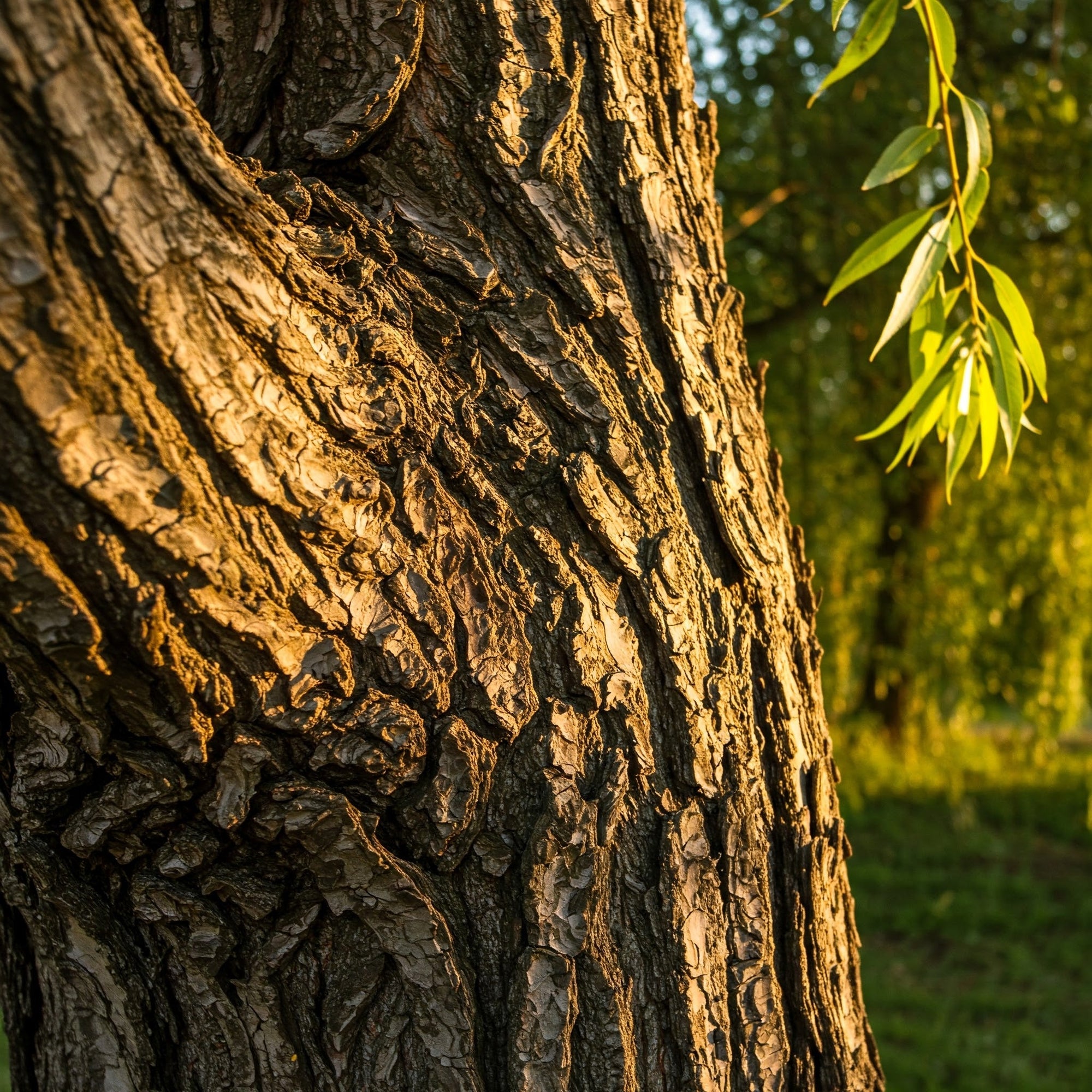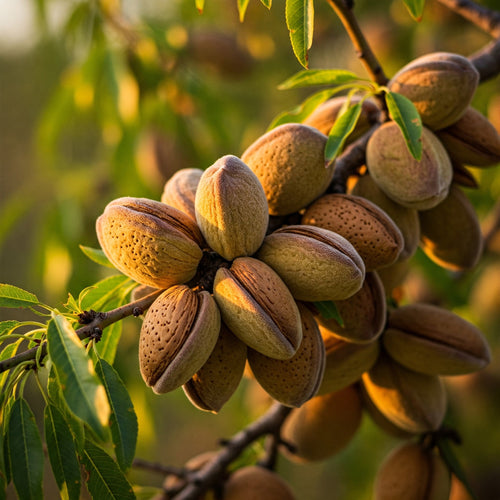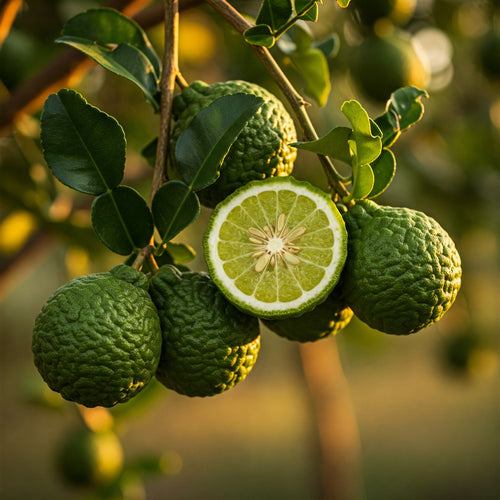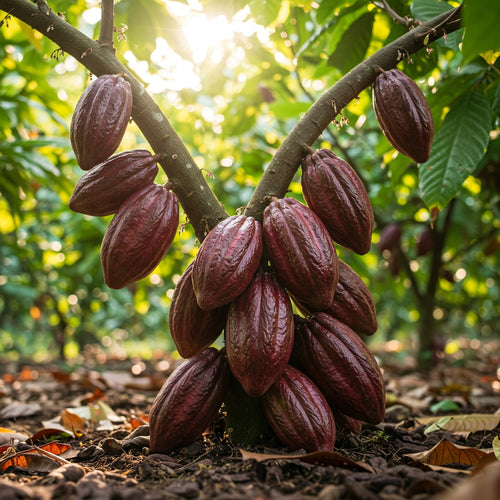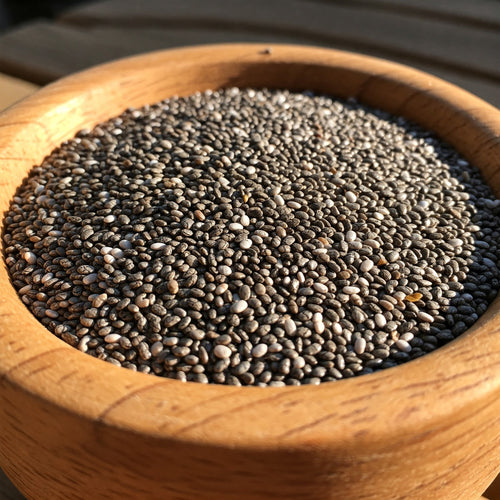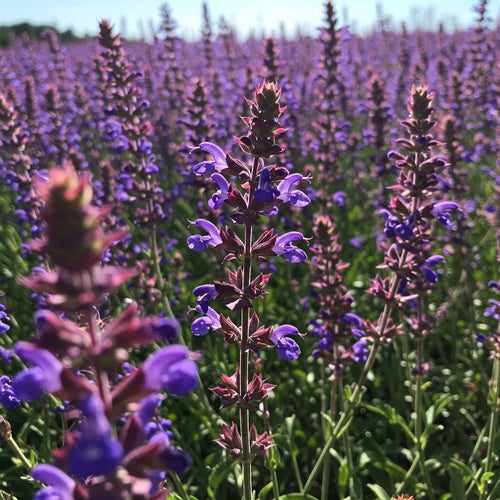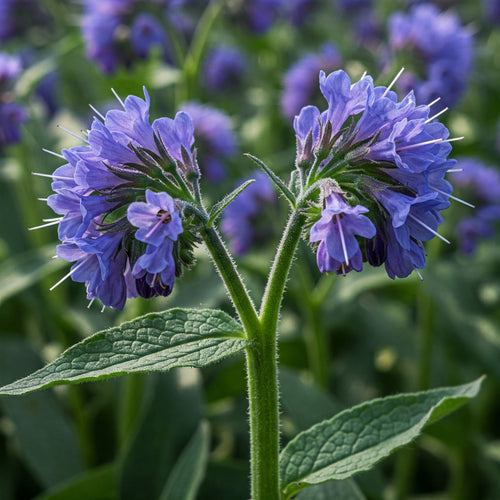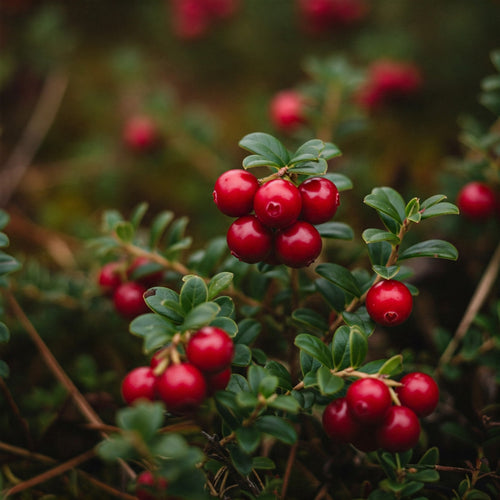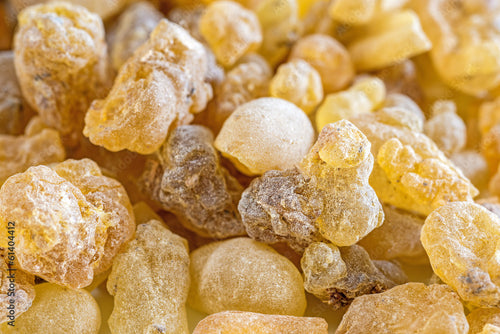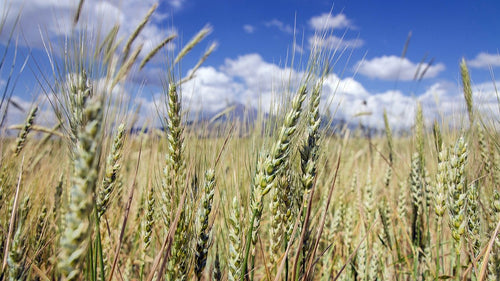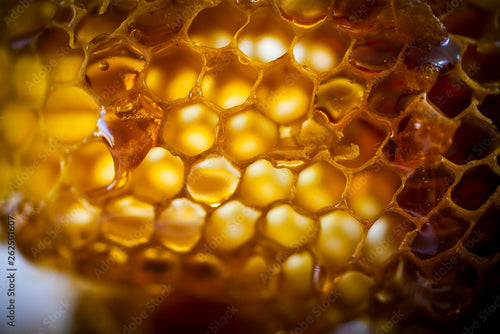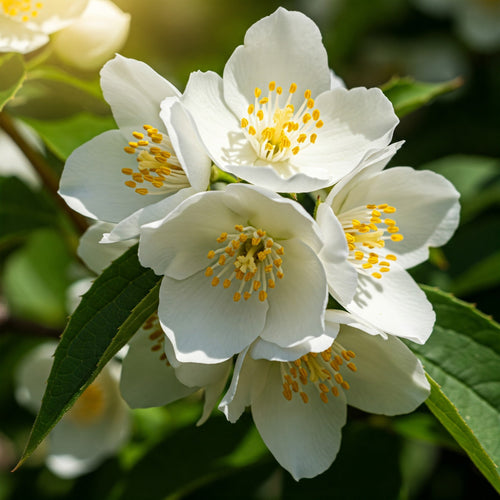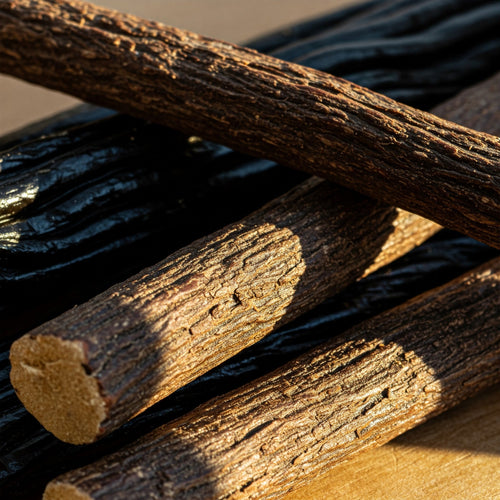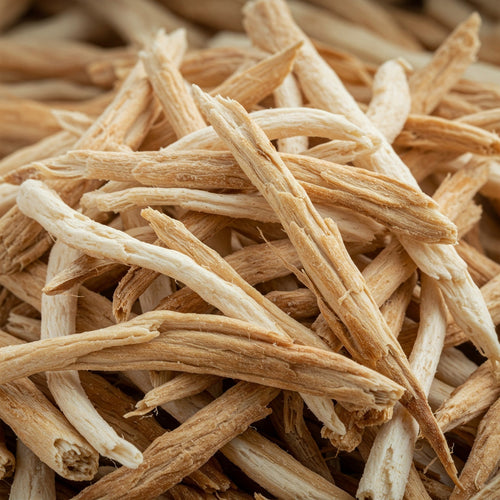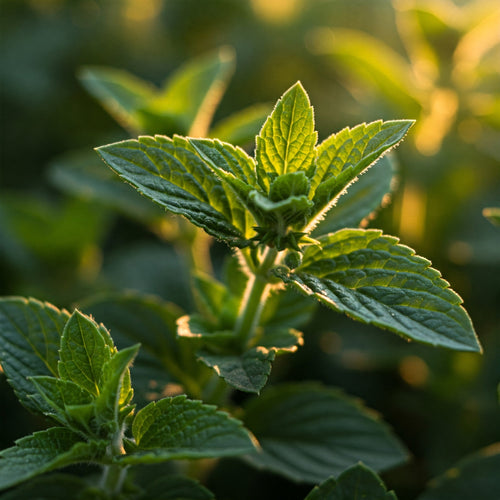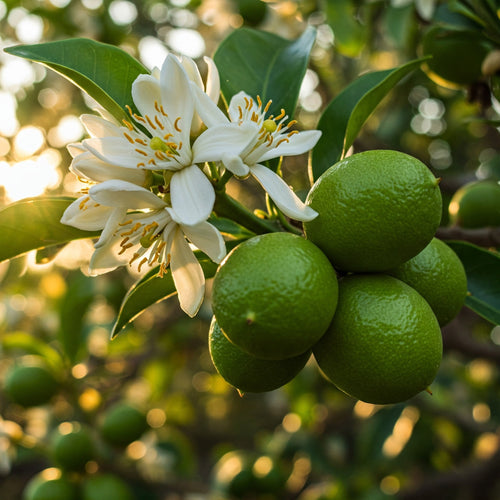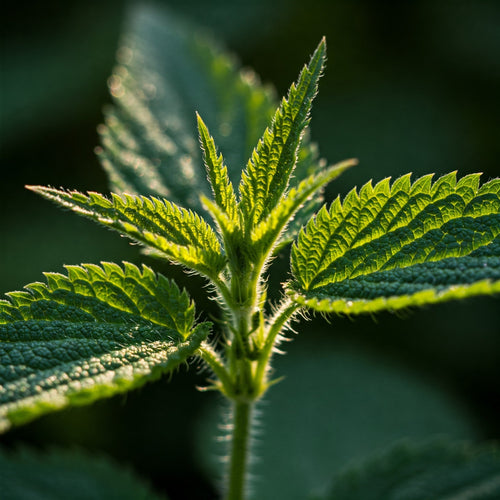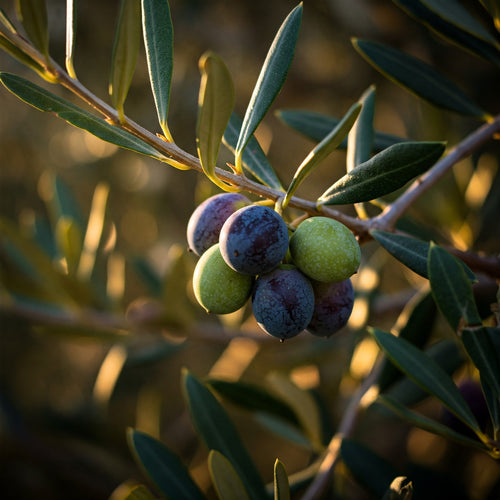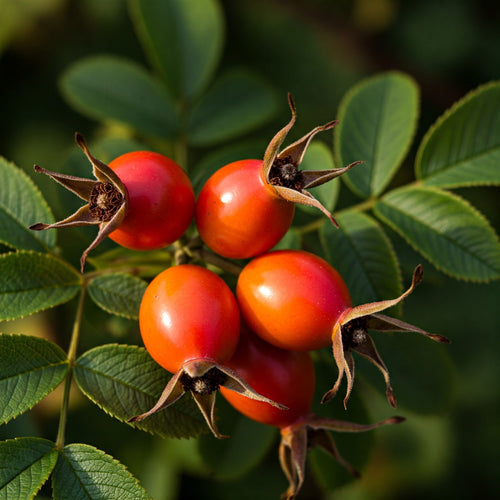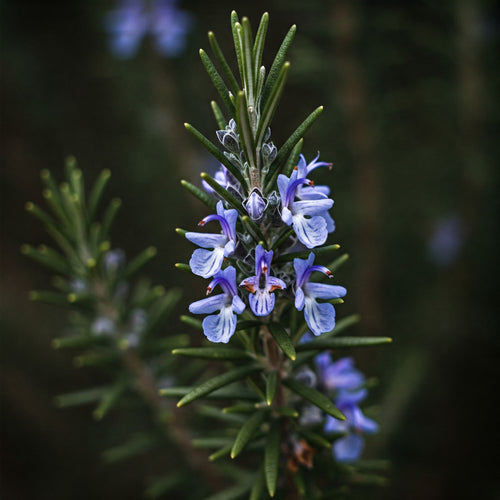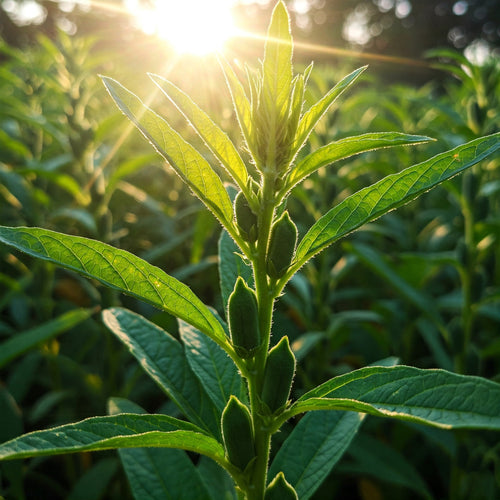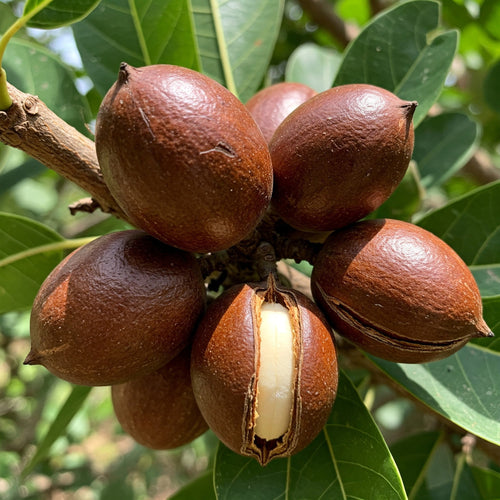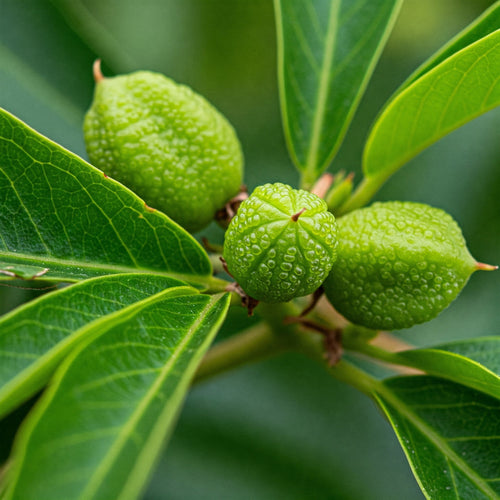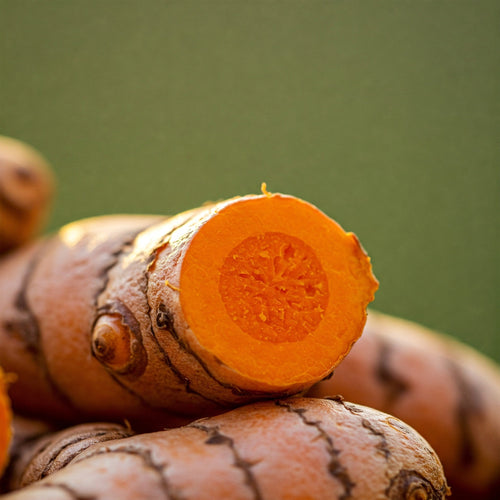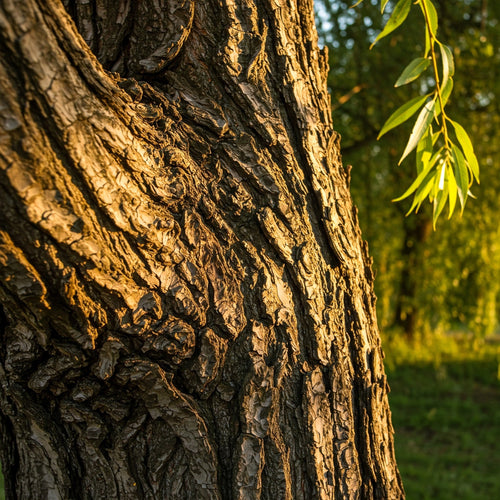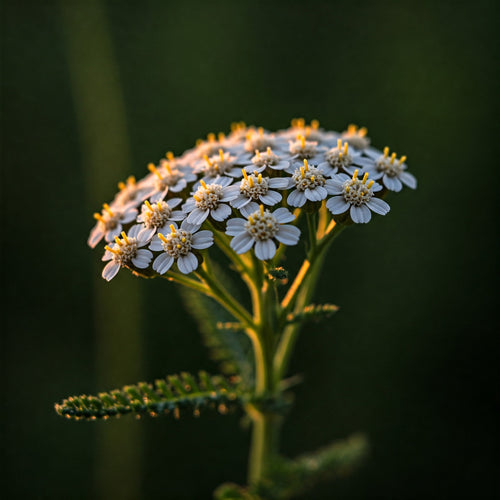Salix Alba Bark
The White Willow (Salix alba) tree is a large tree that is native to North America, Asia and Central and Southern Europe. It is typically found near streams and rivers, where it can root near a constant water source. The tree is tall and slender and flowers each spring first with tiny yellow flowers, which are followed by long thin green leaves.
There are over 300 species of willow trees growing globally, yet only a few can be used medicinally. The White Willow belongs to the Salicaceae family. Other species that possess medicinal properties are the purple willow, violet willow and crack willow.
White Willow is an ancient remedy that has been used to treat pain by Chinese physicians since 500 B.C. It has also been used in ancient Egyptian and Greek medicine. Hippocrates recommended chewing on the leaf to alleviate pain. Evidence of the use of White Willow as a medicinal herb also exists in Europe and the Americas. In the mid-1700s White Willow was used in England as a malaria remedy. In the Americas, the Cherokee, Blackfoot, and Iroquois Indians created a tea from the bark of the White Willow to relieve headaches, fever, and general aches and pains.
In 1828, German and French chemists were able to identify the principal active component, salicin, a glucoside of Salicylic acid.
When ingested salicin is hydrolyzed to release salicylic acid in the stomach. Toward the end of the nineteenth century, salicylic acid was converted into the synthetic compound, acetyl¬salicylic acid, the active ingredient used to make aspirin.
Today, willow bark extract is still used as an herbal remedy, which acts as an anti-inflammatory and analgesic agent. Willow bark extracts are often used as a natural source of salicylic acid. As reported by the Society of Investigative Dermatology, White Willow Bark Extract provides the benefits of salicylic acid such as exfoliation and anti-microbial action, without any of the typically associated irritation.
